Why Is My Spray Paint Cracking?
Thinking about customizing or repairing a surface with spray paint? Learn how to avoid cracking and other small nuances.
It may be really unfortunate and frustrating when you’re done with covering your surface and can’t wait to see the perfect result, but instead you get millions of crackings and you don`t understand why.
Some people think that the only reason is the quality of the paint itself, but there are actually so many other reasons too.
In most cases, the one who is responsible for the failure is a person who is working.
So, other reasons could be not using a proper special technique, not following the right order or missing proper preparation, mischoosing the type of paint.
Keep on reading to find out what mistakes you made and why does spray paint crack.
Possible Reasons Why Spray Paint May Crack.
If you`re facing such a problem as a spray paint crackle, then there is definitely something you`re missing.
Here are some of the reasons why spray paint may crack:
- the paint is applied in a very thick layer, especially if alkyd or oil paint was used;
- applied in inappropriate weather conditions – in high heat, when the top coat of paint dries faster than the base coat;
- painting was carried out in a damp room;
- painted uncleaned surface;
- the paint is applied too thickly on a porous surface;
- the paint is applied too thickly on a surface previously painted with a lower quality paint to improve coverage;
- paint has accumulated in the corners without leveling.
The first step to solve this problem is to actually determine your type of surface. In this article we are going to cover the reasons and way of solving the problem depending on your specific type of surface.
According to the composition and formula, aerosol paint (in cans) can be of different types. Depending on the composition, it is applied to various surfaces.
But you can not apply paint for plastic on metal surfaces and vice versa. Perhaps the reason for the peeling of the paint is that the paint is not suitable for painting a particular surface.
Or the surface was not properly prepared before applying the paint. The surface must be cleaned of dust and dirt, after which it is primed with drying.
The primer also improves adhesion. If the surface is not primed, the paint may peel off in the future.
If smooth plastic is painted with spray paint, then with the help of sandpaper a rough surface is made from a smooth surface. Then the dust is further removed, then the surface is degreased.
If you skip one of these points, the paint may peel off in the future. There is a ball inside the spray paint can, before using the paint, the can must be thoroughly shaken for several minutes.
Due to this ball, the components of the paint are mixed, plus the paint can “settle” or thicken. If the spray paint is not shaken, it is possible that the paint will peel off and move away from the surface.
It is also possible that they did not remove the old paint before applying the new one.
Paints may not be compatible with each other in composition, so you may have problems.
There is spray paint for outdoor and indoor use, as well as universal compositions, that is, such paint is used both here and there).
If interior paint is used for exterior, then there may be problems.
Another reason is if you did not observe the temperature regime when painting (painted at low temperatures, for example).

Credits: MariaiC, via Crello.com
Perhaps the paint was applied too thick. Aerosol paint is applied to the surface from a distance of 150 – 200 mm, the layer must be uniform.
It is also worth checking whether the paint has expired, whether it was stored correctly. Perhaps the paint is operated in inappropriate conditions.
Paint that does not fit to the surface must be removed. It can be thermal, chemical or mechanical removement. Most often, special washing liquids are used (and usually universal one), this is a chemical method for removing aerosol paint.
Spray in an even layer. You need to wait 10 – 15 minutes until the paint begins to “swell” . Then remove its remnants with a spatula. Rinse the surface with clean water and dry it.
After that, it is important to follow all the steps correctly: priming, drying and recovering the surface (usually spray paint is applied in 2 layers).

Credits: AllaSerebrina, via Crello.com
Table of Contents
Why is Spray Paint Cracking on metal?
As it was already mentioned, there are several reasons for such problems, but the thing is that for a specific surface may be one common mistake.
Metal is a quite popular surface where spray paint is used. So, when it comes to metal, temperature is often the issue. It is natural for metal to get cold.
When the surface is covered, the paint doesn’t adhere properly and that is why some cracks or bubbles may appear. It would be good if you heat your surface beforehand.
Make sure it is not too hot. Remember that if you`re applying the second layer, make sure that the first one is fully dry, otherwise you`ll have to cover again.
It is fair to say that preparation is essential. There are two main rules you should follow to have a perfect result:
- Make sure the surface is as smooth as possible. You can do this with a help of sandpaper.
- Use a primer beforehand. The golden rule is “not to prime is a crime”.
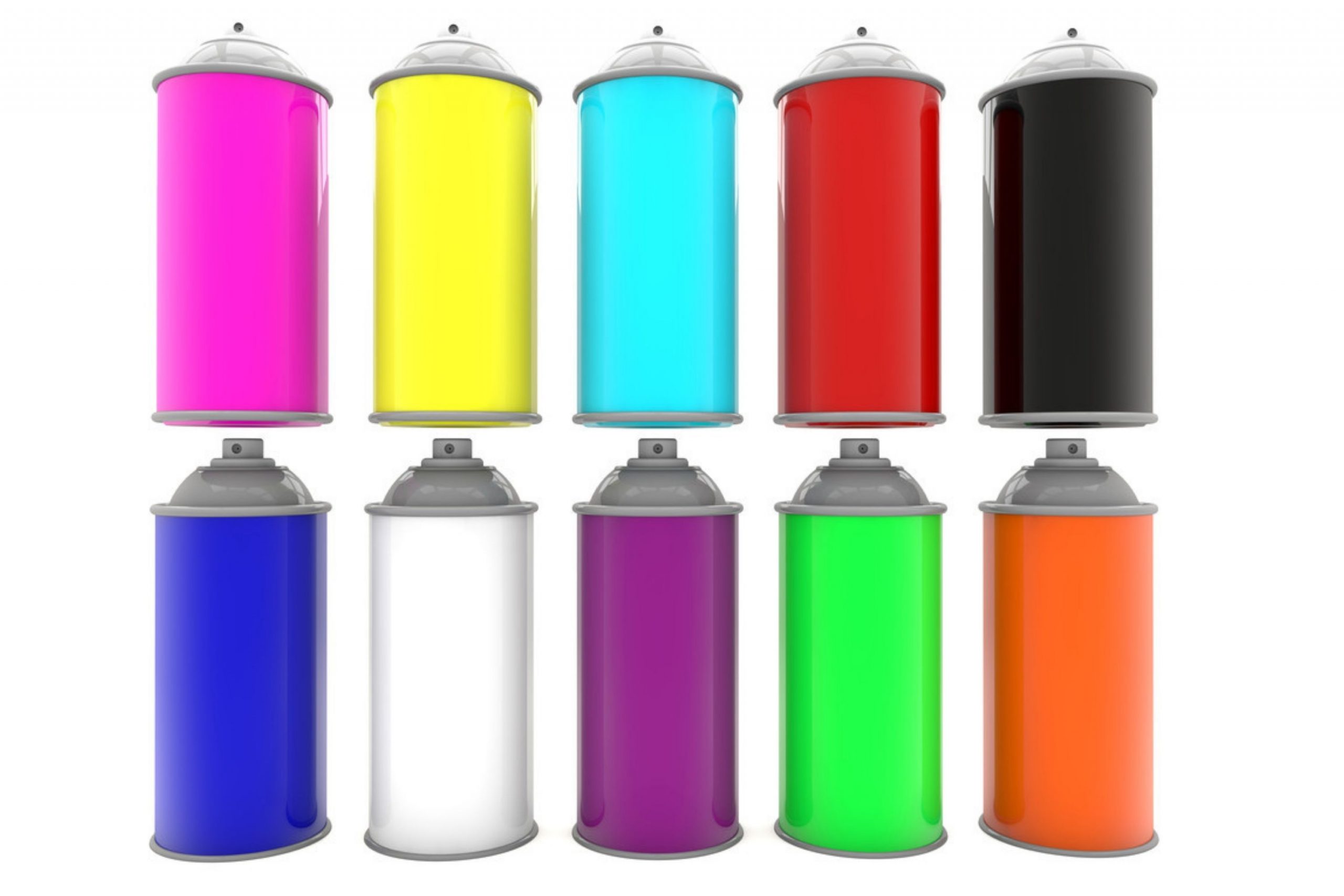
Credits: ilze79, via Crello.com
Why is Spray Paint Cracking on wood?
At first glance, painting a tree is simple, but wood is a “living” material and painting can turn into a lot of difficulties. In order for the surface of the tree after staining to be as you intended, and the color to meet the stated requirements, a number of rules must be taken into account.
The tree is valued for its naturalness, environmental friendliness and nobility.
For ease of processing, wood is loved by architects and designers. It is interesting that the gilded details of the interior of the palaces were often made of wood with subsequent painting.
Staining can both emphasize the natural beauty of wood, and turn a wooden object into a piece of gold or stone.
With the help of acrylic paints, you can easily paint a tree.
They penetrate deeply between the fibers of the wood, protect the wood from high humidity and destruction, but do not clog the natural pores.
As a result, moisture lingers on the surface of the tree, and the wood “breathes”.
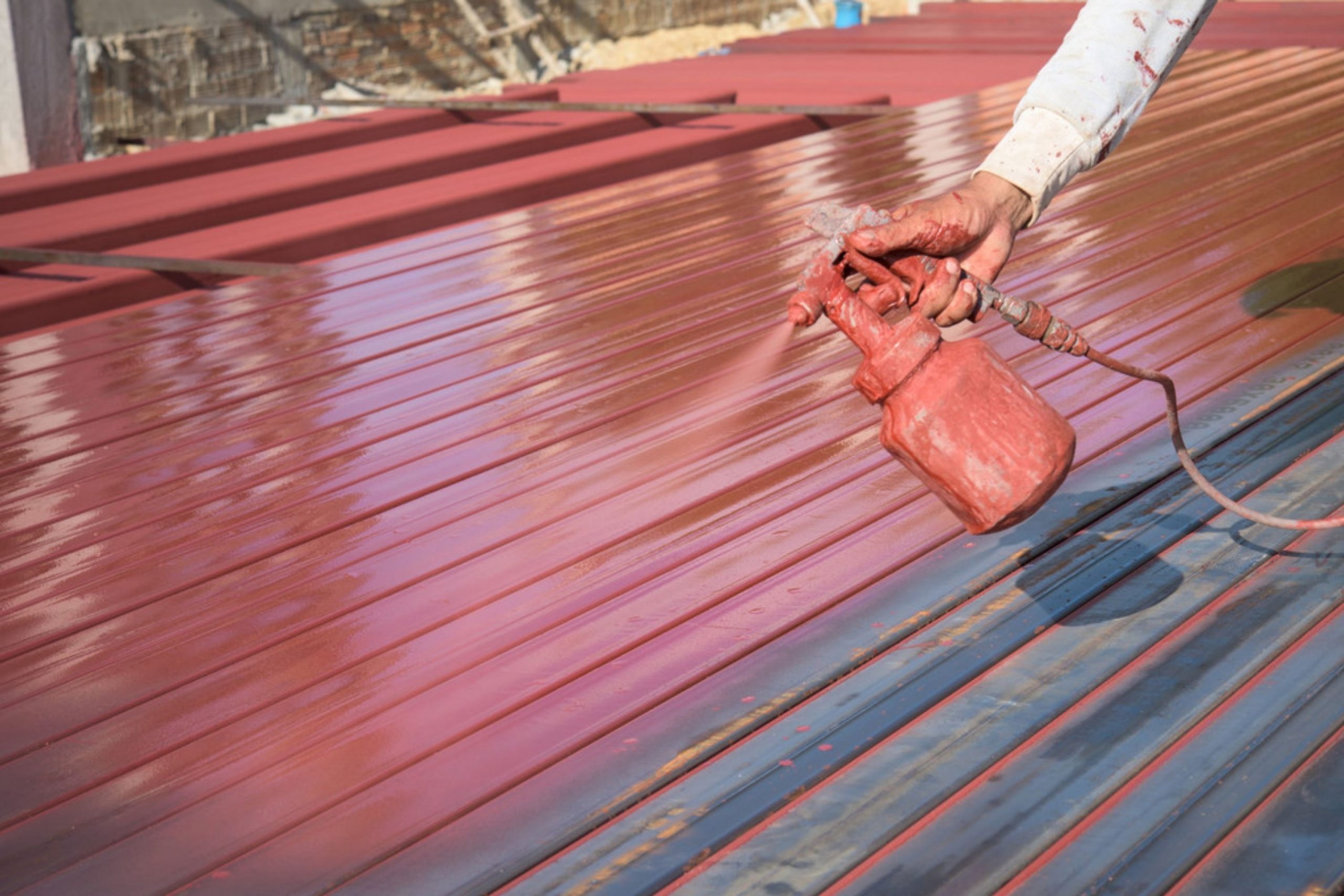
Credits: bouybin, via Crello.com
Remember the right order for a perfect wood cover:
- Clean the surface
- Smoothen the surface
- Degrease
- Prime
- Paint
- Fix with acrylic lacquer
Paints do not contain harmful fluorine, do not emit toxic substances, unlike alkyd analogues. Paints evenly lay down on the surface of a tree, creating a smooth surface.
Spray-painted wood is protected from moisture, dirt and insects.
Wood staining is a painstaking process in which attention to details is important.
With paint in aerosol cans, it is much easier to realize your ideas, create unusual masterpieces with your own hands.

Related: How to Make Spray Paint Not Sticky?
Why is Spray Paint Cracking on plastic?
Painting plastic is a necessity that arises for many reasons.
The process is relevant for both premises and vehicles. Using spray paint is the easiest option and boasts a low price. Such paint for plastic always remains a profitable solution.
When aerosol paints are sprayed, a small suspension is formed in the air. It can settle both on painted surfaces and in other areas.
Contact with the eyes and respiratory tract of a person is also no exception.
Therefore, the following rules must be followed:
- All parts that do not need painting are protected by a covering material. Cardboard, thick fabric, plastic film – any options are suitable. Narrow places are sealed with masking tape.
- Gloves, together with a respirator and goggles, will help the person doing the work himself, using structural paint on plastic.
There are varieties of plastic with black and other colors that do not require pre-priming at all.
In this case, one of the preparation steps can be skipped, proceeding to painting immediately after degreasing the surface.
After such preparation, we proceed to the staining itself. To do this, follow the following procedure:
- If black paint is used, it is better to place the part on a surface covered with a special material (you can use an old newspaper).
- To mix the dye with other components, shake the can for 30-40 seconds. In this case, the dye will set more evenly.
- After that, you can remove the cap. But it is better to apply the first test jet to an unnecessary part or surface. Air almost always accumulates in the atomizer, and its first drops may come out uneven.
- The hand with the aerosol during operation should move as smoothly as possible. Don’t stay too long in the same places. Otherwise, so-called enamel streaks are formed, which often have to be matted.
- After applying the first layer, it must be allowed to dry. At least 20-30 minutes must elapse before the next layer is applied. Then the structure of the coating will be strong.
In general, coloring compounds for plastics dry quickly. But it is still recommended to wait a day before starting direct operation.
Then the coloring matter finally polymerizes, the strength of the decorative layer increases.
It is good if it is possible to purchase cylinders with interchangeable tips that allow you to adjust the width of the jet. Then the work becomes even more efficient.
The more layers of paint applied, the better. This is especially important for parts that are going to be used quite often. Due to mechanical friction, the coating can quickly peel off.
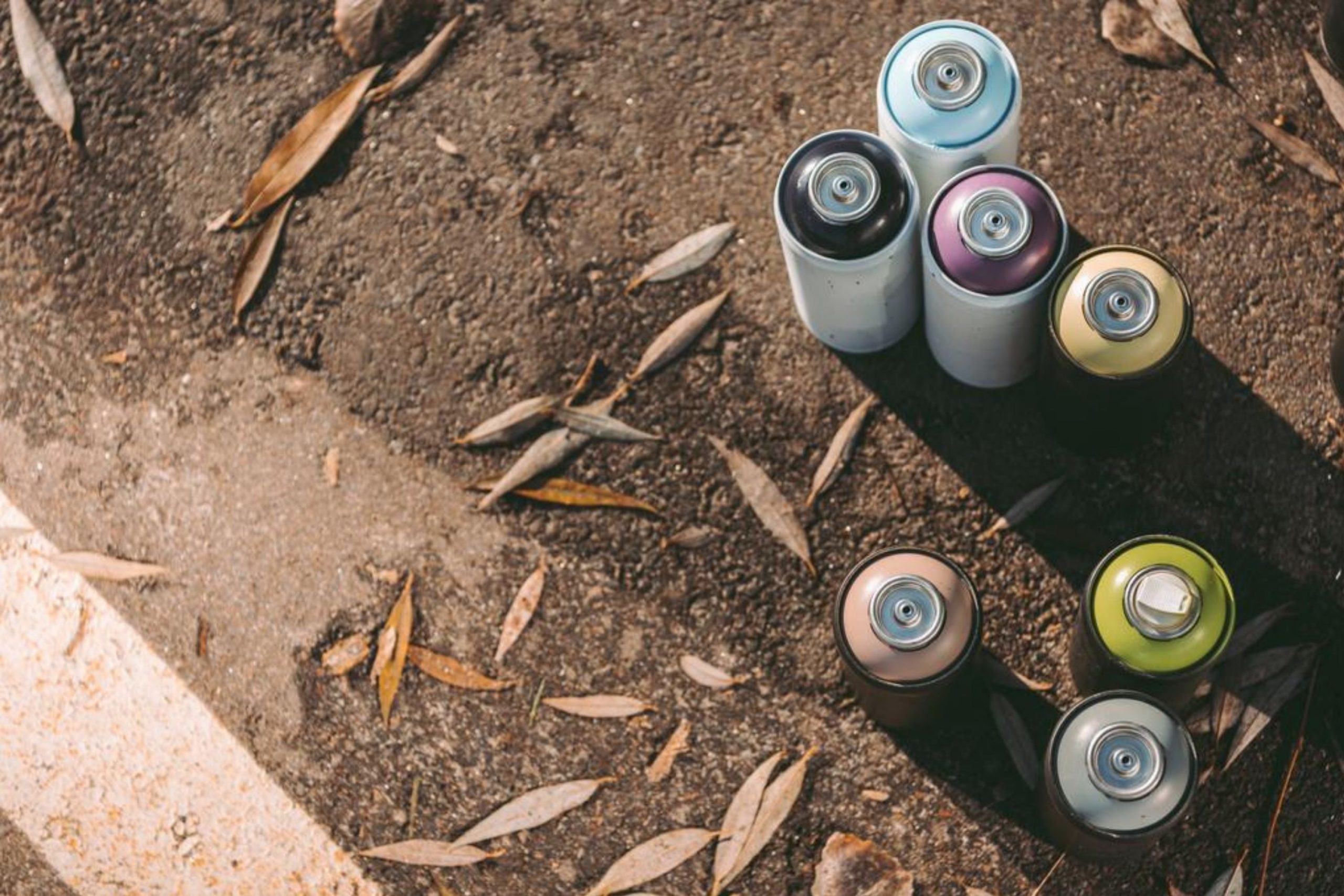
Credits: VitalikRadko, via Crello.com
Related: How Long to Wait Between Coats Of Spray Paint?
Why is Spray Paint Cracking on glass?
With spray paint, you can give new life to glass products such as plates, cups, vases, glass tables, glasses, mirrors and much more.
To paint glass, it is important to use a paint that is designed for this purpose, such as acrylic.
Nowadays, you can find a huge selection of colors and shades of spray paint, there are paints with special effects – metallic, mother-of-pearl, fluorescent, hammer and others, and you can fix the result with acrylic spray varnish.
When painting glass and glass products with spray paint, be sure to work in a room or area full of fresh air.
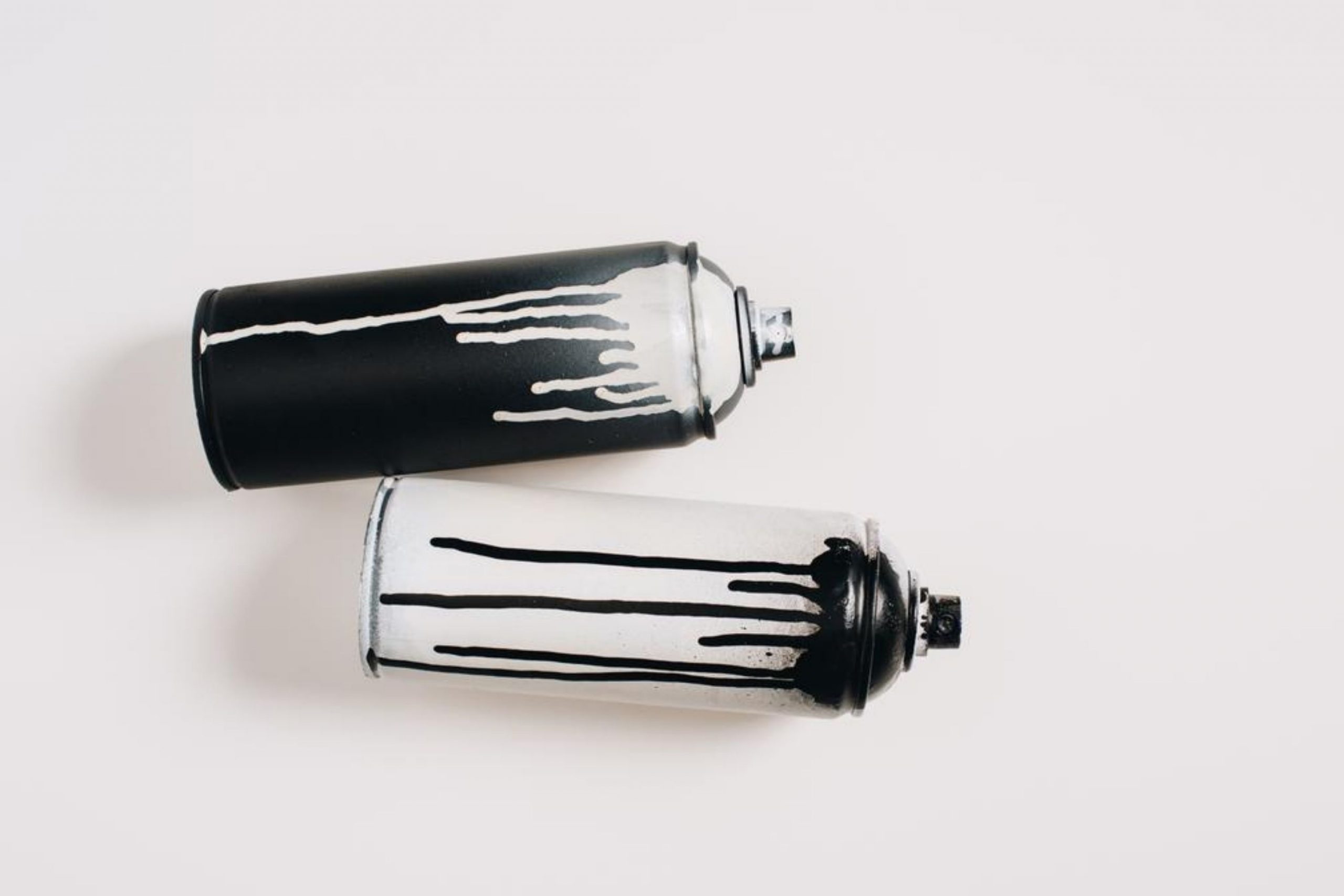
Credits: KostyaKlimenko, via Crello.com
The rules for covering glass with spray paint are:
- Before painting the glass or glass surface of the product, it must be thoroughly cleaned of dust and dirt. You can use any suitable detergent for this, such as window cleaner.
- It is highly advised to degrease the surface. To do this, you can take some white alcohol, thinner or kerosene. Remember to paint glass in a well ventilated area.
- After the glass surface has been prepared, it is necessary to protect those areas that should not be painted. Masking tape and newspaper or covering film are best suited for this. If you are applying a stencil image, also secure it properly with masking tape, it is necessary that the stencil fits snugly against the surface to be painted. After all preliminary preparations are made, we can proceed to applying paint.
- When painting glass surfaces and glassware, keep the balloon at a distance of 25-30 cm, apply the paint in a thin layer. Be sure to wait for the first coat of paint to dry before applying the second coat. As a rule, spray paint dries in 20-30 minutes.
- In order for the paint to last longer and not wear out, you can apply a protective layer of varnish, the easiest way is to use a can of aerosol acrylic varnish.
- After you have finished the work, the varnish and paint are completely dry, remove the paper tape.
So, now you know that following the recommendations in this article, you will be able to paint any type of surface – from plastic to glass without any problems and without making mistakes.
Ever wished paint sampling was as easy as sticking a sticker? Guess what? Now it is! Discover Samplize's unique Peel & Stick samples. Get started now and say goodbye to the old messy way!
Get paint samples




Frequently Asked Questions
⭐ Can I use spray paint on natural wood surface?
Yes, you can use spray paint on any type of wooden surface.
⭐ Is it possible that my spray paint will not set on metal?
Unfortunately, yes, it may happen. Make sure you control the temperature of your metal surface.
⭐ Can I put a second layer of spray paint on plastic?
Yes, you can. Make sure the first layer is well dried before putting the second layer.
12 thoughts on “Why Is My Spray Paint Cracking?”
Leave a Reply

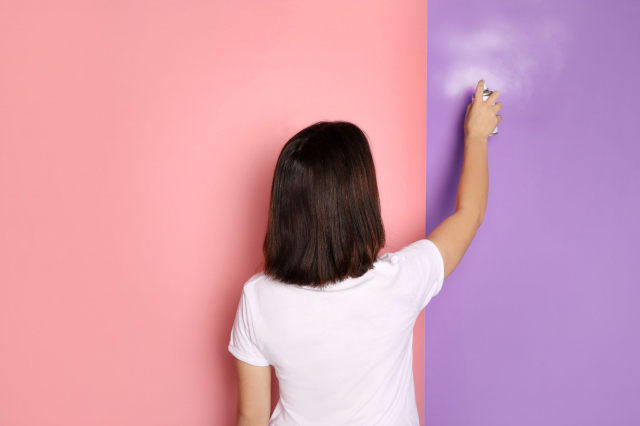
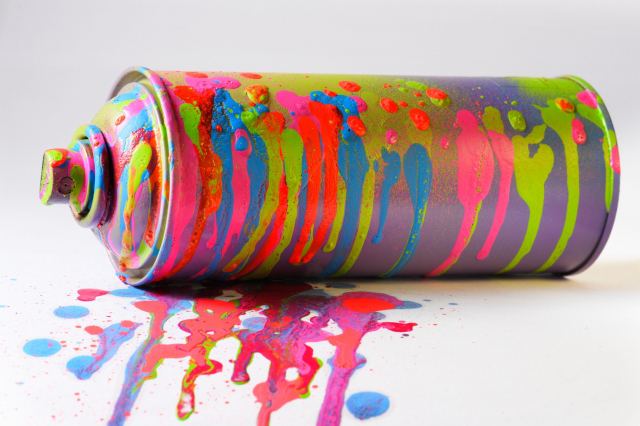

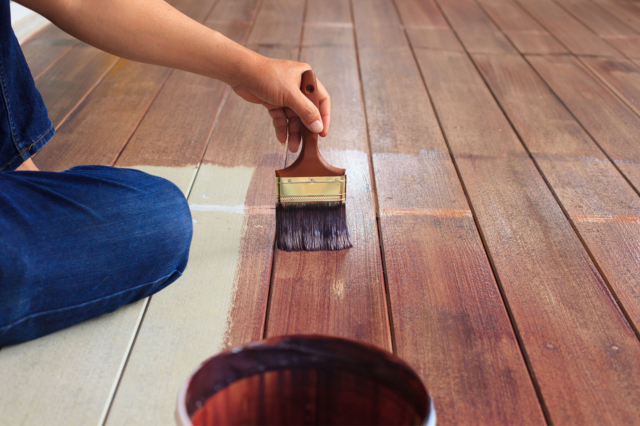

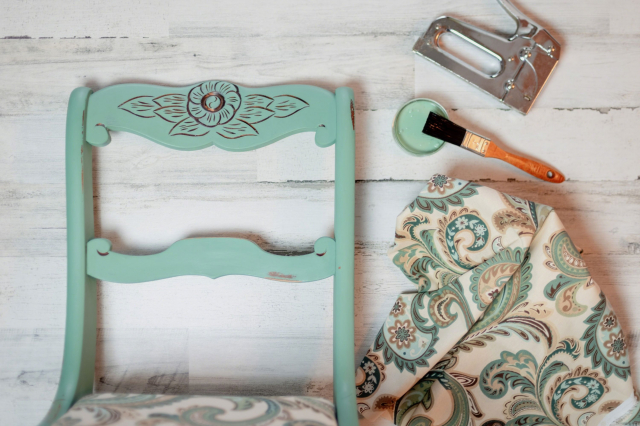

Why is my spray paint wrinkling? I’ve noticed this problem not so long ago when I was repainting my garden furniture. It wasn’t humid that day, so I don’t think those wrinkles come from the moist air. But what then?
Does nayone know how to fix cracked spray paint on plastic surfaces?
As far as I know, fixing cracked paint requires sanding, cleaning the surface, then priming, buffing, and repainting the surface. I’m pretty sure it works the same with plastic!
Is it possible that spray paint can start cracking if it’s too cold in a room?
I’m not sure but my guess is that it’s possible. Especially if you apply several coats of it. In cooler spaces, paint tends to dry slower. As a result, you might be applying the second coat over the almost fresh first coat that’s not dry yet. This leads to cracks.
Why does spray paint crackle on second coat? I tried different tricks to avoid that, e.g. I cleaned the surface and then degreased it. But there are still cracks.
Are you sure the first coat of paint you apply is fully dry and hard to the touch when you start applying the second coat? Cracks often appear when you apply the second coat over the wet first coat.
Hello! Could you please explain why my spray paint is spider webbing all the time? I tried using primer and applied paint to the unprimed surfaces, but the effect is still the same. Thank you!
Hello! Typically, cracking or webbing appears because of a paint reaction. Also, it can happen when the first coat of paint hasn’t dried before the second coat is applied. In the latter case, it doesn’t matter whether its primer, base coat or topcoat. Anyway, you will end up with hairline cracks reminiscent to a spider web.
Does anyone know how to fix spray paint crackles quickly? I don’t need any exceptionally fine fix, just to mask those cracked areas.
I’m not sure but I guess even fixing small cracks requires sanding and priming, as well as repeated paint application. I might be wrong though, so I guess you should ask more.
Hi guys! Thanks for the article! How can I smooth my wooden surface to prepare it for the paint?